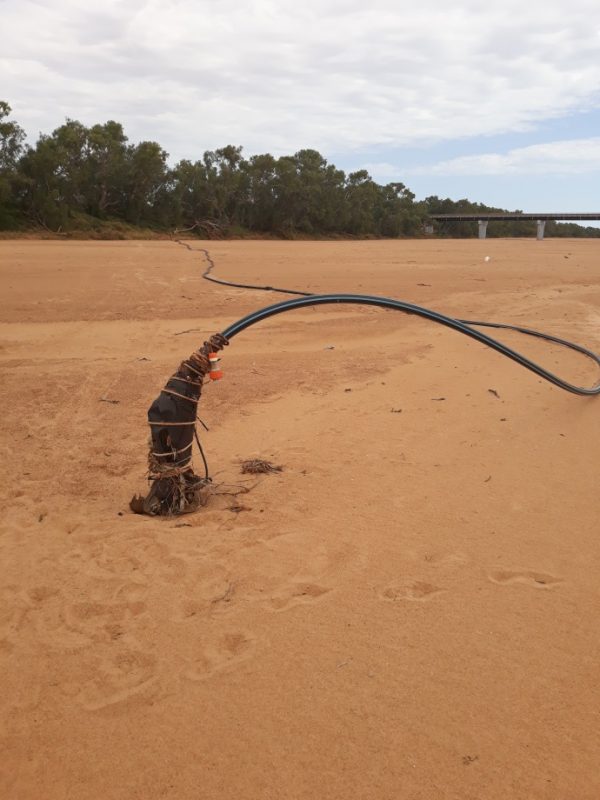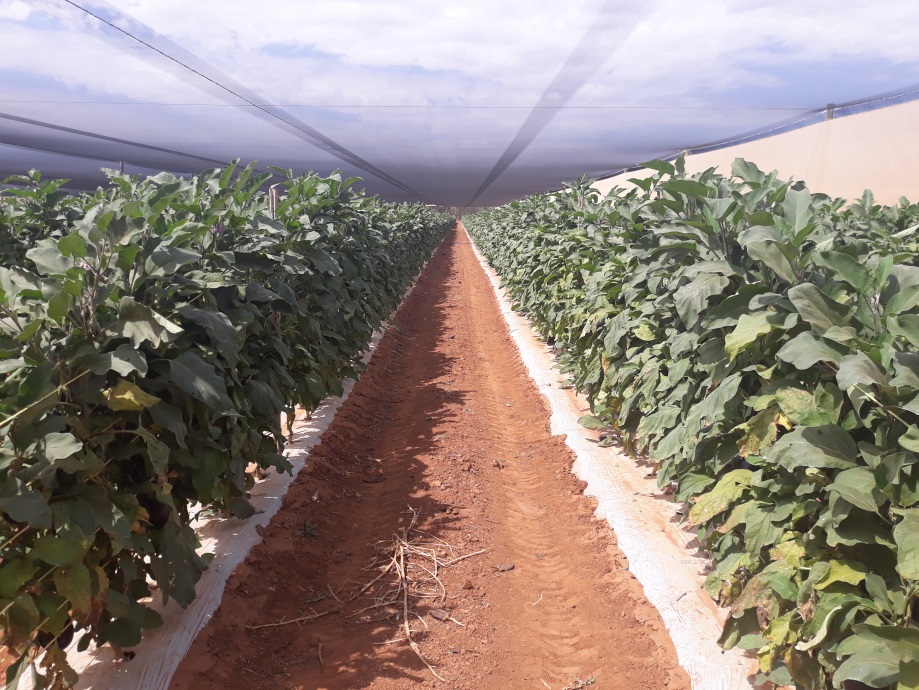If you haven’t been to Carnarvon, half way up the Western Australian coastline, you’re not alone. At 890km north of Perth, Carnarvon is pretty remote. It is usually only visited by those travellers lucky enough to be travelling between Perth and Broome, or Perth and Darwin, on the North West Coastal Highway.
The upside down river
Approaching Carnarvon from the south or north involves long distances of relatively desolate pastoral country. This culminates in a crossing of the usually dry Gascoyne River, and provides no hint of the intensive horticulture plantings which are just around the corner.
While it usually only flows a couple of times a year after wet season rains in the Gascoyne region, most of the time the river is dry – on the surface. But fortunately the sporadic surface flows replenish the aquifer below the river, which allows growers to access substantial amounts of water that lie below the surface. This has led to the nickname of “the upside down river”.
Dry but productive
With access to water and fertile soils on the river banks, the dry subtropical climate makes Carnarvon suitable to grow a wide range of temperate, tropical and subtropical produce. There are around 170 plantations covering an area of 1,500 hectares with the main crops being bananas, tomatoes, table grapes, capsicums and mangoes.
Production is influenced by seasonal factors such as cyclones, river flows, pests and disease. For example, in March 2015 rainfall generated by cyclone Olwyn caused significant flooding and severe crop damage. Extreme winds caused substantial damage to crop infrastructure such as protective netting, and the town was declared a natural disaster zone. It took growers and the town around three years to fully recover.
Carnarvon’s horticultural industry has a value of approximately $97 million, producing around 44,532 tonnes of fruit and vegetables. Most produce is sold in WA with 99% of the State’s bananas, 62% of capsicums, 47% of mangoes, 43% of tomatoes, and 25% of melons grown in this region.
The most recent trend has been to diversify to tree and vine crops such as low-chill stone fruits (peaches, nectarines and plums), red grapefruit and table grapes. These crops take advantage of the sub-tropical climate and can supply Perth with product earlier than the traditional production areas, extending their availability.
NASA moon landing history
Apart from its horticulture, Carnarvon is well known for the large OTC (Overseas Telecommunications Commission) satellite dish. This was established to meet the need for more reliable and higher quality communications for NASA’s Apollo Moon project. The satellite dish became operational on 24 November 1966, when for the first time test patterns were the first live telecasts from Australia to England. The next day, a live BBC television broadcast from a studio in London featured interviews linking UK families with their British migrant relatives standing in Robinson Street, Carnarvon.
The dish became famous again on 21 July 1969, the day of the Apollo 11 moon landing. It relayed Neil Armstrong’s first steps on the moon from NASA’s Honeysuckle Creek Tracking Station, Canberra, to Perth’s TV audience – the first live telecast into Western Australia. The dish closed in April 1987 but now forms part of the Carnarvon Space and Technology Museum.
So if you are travelling north along WA’s extensive coast, through the arid country leading to Carnarvon, expect a surprise – a thriving horticulture town just around the corner. Truly, an oasis in the desert.

Image: One of the bores used to draw irrigation water from the dry Gascoyne River. 
Typical Carnarvon horticulture, drip irrigated capsicums grown under protective netting.
